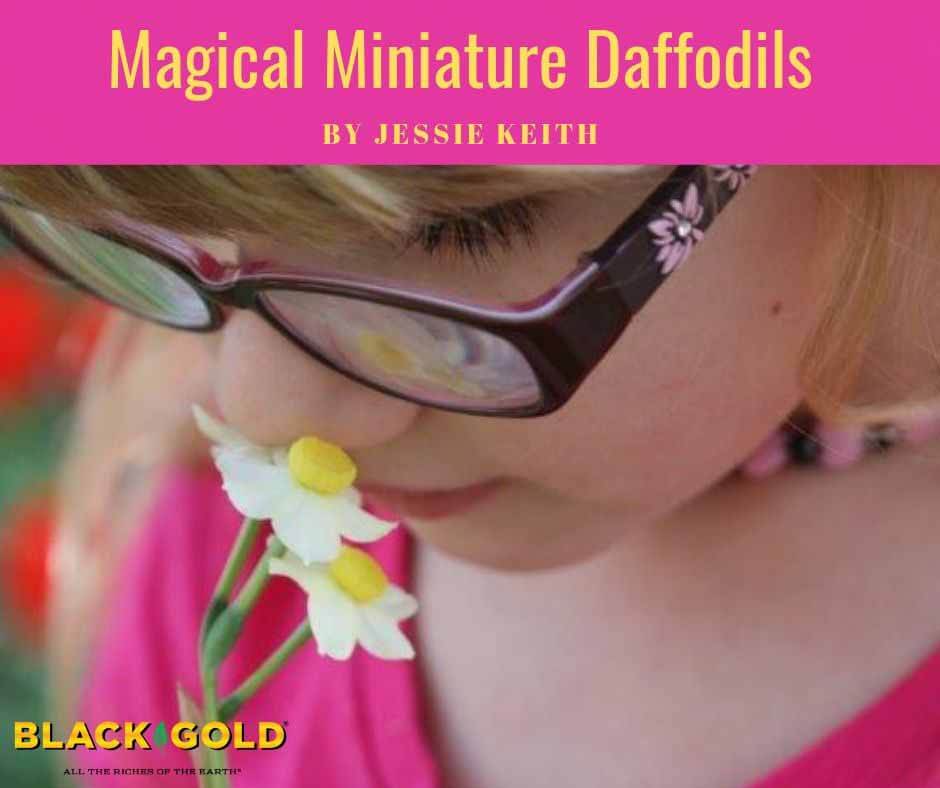
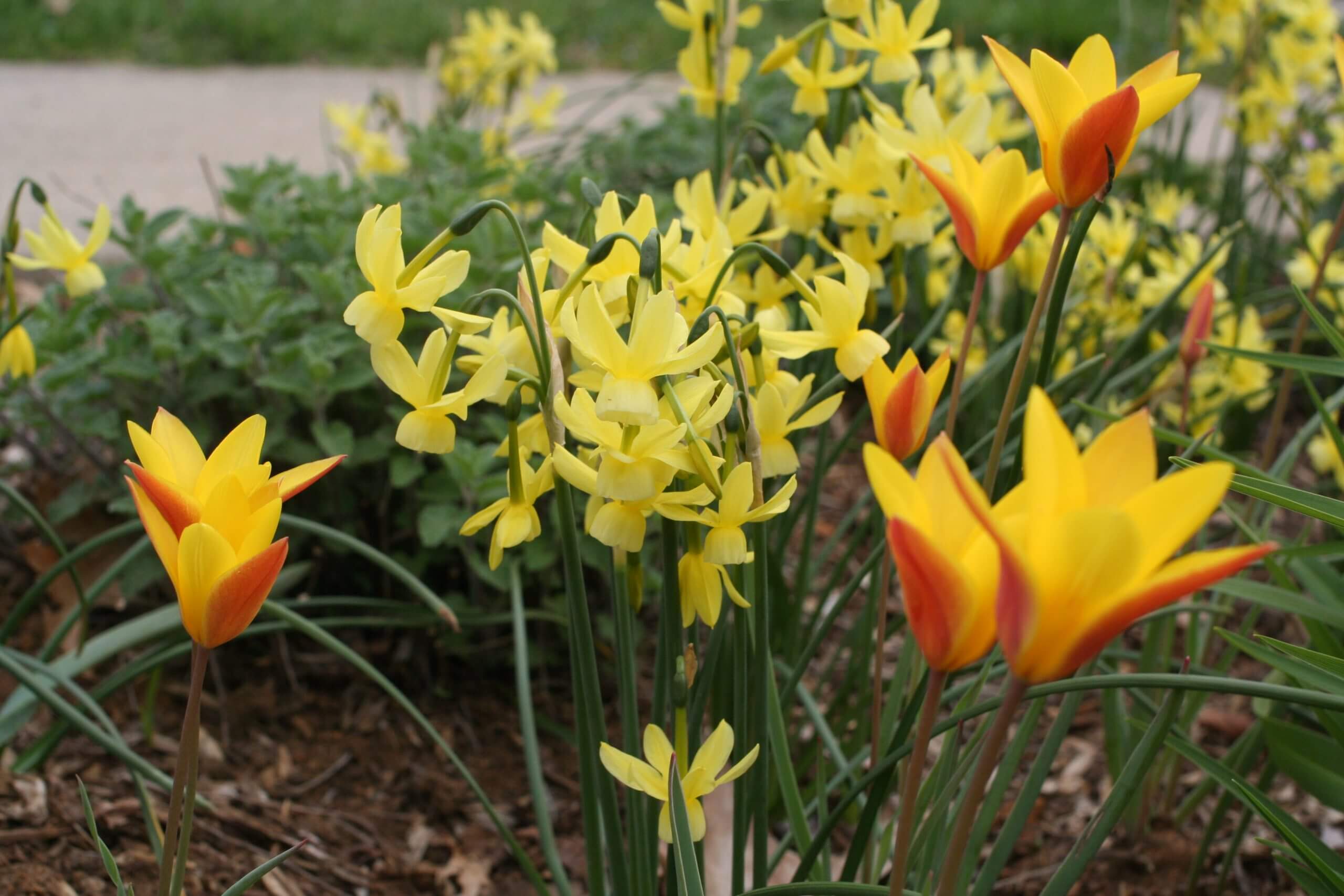
There’s something about miniature anything that draws kids, and every year my mini daffodils, ‘Minnow’, ‘Hawara’, and ‘Baby Moon’, just cry out to be picked by my children. They make the prettiest fairy bouquets and are easy-as-pie to grow, so this bulb-planting season I plan to add more!
What are Miniature Daffodils?
There are lots of daffodils and jonquils that are very tiny, but true miniatures are classified as having flowers smaller than 1.5 inches in diameter. (To learn more visit the American Daffodil Society website.) The cutest have wonderfully small flowers with even teenier coronas (central crowns). My standbys include the delicate ‘Minnow’, with its tiny gold corona and ivory petals, the nodding primrose-yellow ‘Hawara’ and nickel-sized ‘Baby Moon’, which is pure gold. All are easy to find and grow.
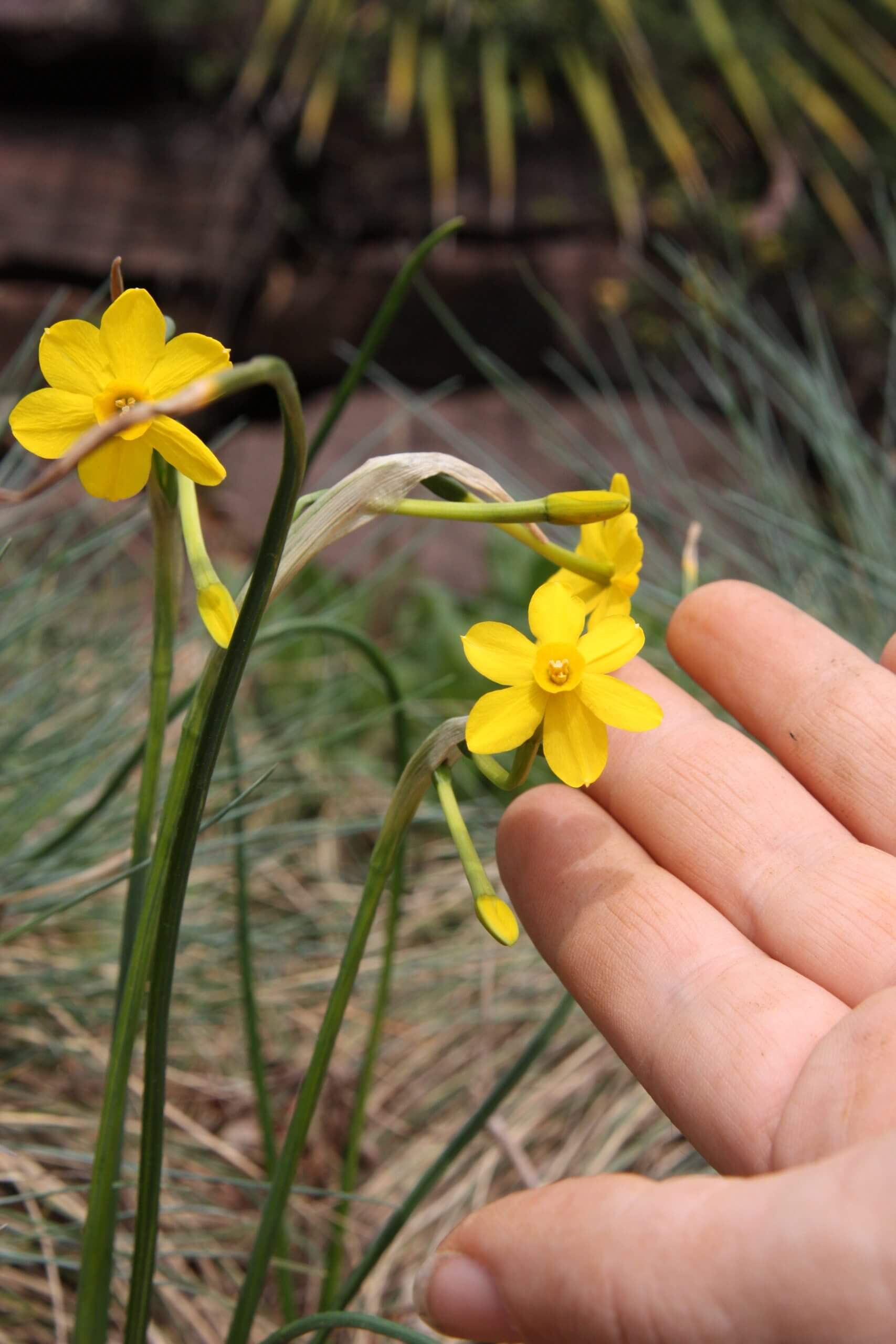
Miniature Daffodil Varieties
The fall bulb catalogs offer more of these delicate spring flowers. Must-haves include the golden ‘Mite’ with its reflexed petals and elongated corona and the sweet and unusual ‘New Baby’, which has a tiny bright yellow corona and ivory petals edged in yellow. The orange-cupped ‘Bittern’ is another fragrant, tiny beauty offered by the popular Brent and Becky’s Bulbs. Those wanting to have lots of different minis all at once might consider a miniature daffodil mix, like the one offered by Eden Brothers, which consists of five different unnamed varieties—all of which are complementary and sweet.
Planting Miniature Daffodils
As with any other spring bulb, plant these daffodils in fall before the ground becomes too cold to work. Small flowering bulbs should be planted closer together, around three to four inches apart in clusters or sweeps, alongside other complimentary plants such as grape hyacinth, crocus or compact species tulips. Just like any other daffodil, there are varieties that bloom in early, mid, and late spring, so be aware of this when planning planting companions to ensure that pairings bloom together.
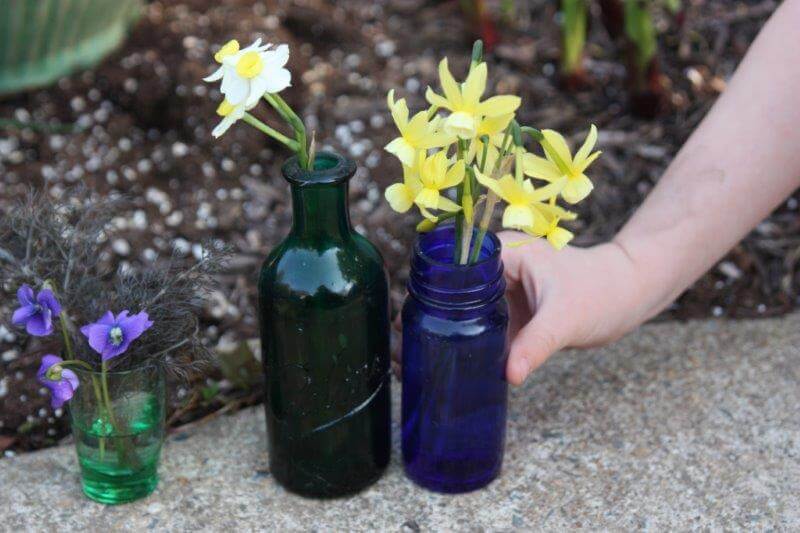
Before planting, work the soil and add fertile amendments as needed. OMRI-listed Black Gold Garden Compost, with its rich blend of compost, bark, and Canadian Sphagnum peat moss, will help your bulbs quickly root and grow in spring. Plant each bulb five inches below the surface and fertilize with a food formulated for bulbs. Bulb fertilizer can be added as a light top-dressing when plants begin to bloom in spring.
Arranging
When your flowers bloom in spring, it is nice to make tiny fairy arrangements in small, brightly colored vases. These little daffodils look beautiful alongside tiny blue scilla and fragrant grape hyacinth as well as small species tulips (the mid-season ‘Lilac Wonder’ is a favorite) and brightly colored violas. Choose any container, small bottles, vases or jars, and fill them up!
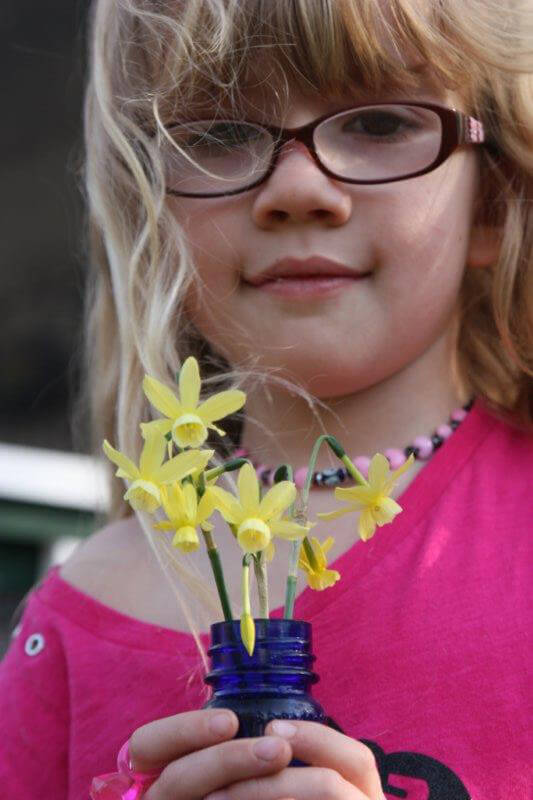
If you are like me, there’s always an element of surprise when you plant something new in fall for spring. It always seems like magic when they pop up from the ground and bloom perfectly as planned. Miniature daffodils offer an additional element of fun to the surprise, for you and any little ones in your life.

